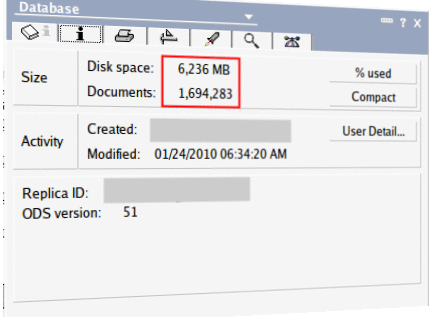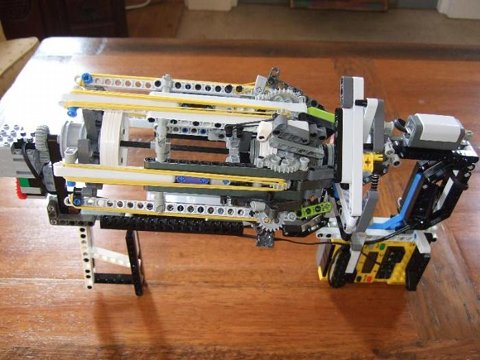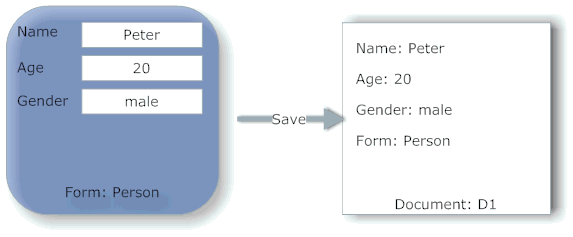Netgear support hell reloaded
- I had 5 replies from TechSupport so far. 6 replies from 5 different people (and I start to suspect, that the name is system generated): Erik, Kelvin, Nick, Thomas and Orson
- Support claimed that the WD10EADS in my system isn't on their compatibility list However there is the WD10EACS, which is just an earlier model.
- Thomas mentioned to get a data recovery working he needs to escalate the case, but when I asked for that I got another round of check this check that.
- Every reply starts with "Thank you for choosing Netgear". That's not necessary after the first round
- The statement We will do our best to help resolve your case in the least possible time. is lacking the <irony> tags
Posted by Stephan H Wissel on 31 January 2010 | Comments (4) | categories: Technology






